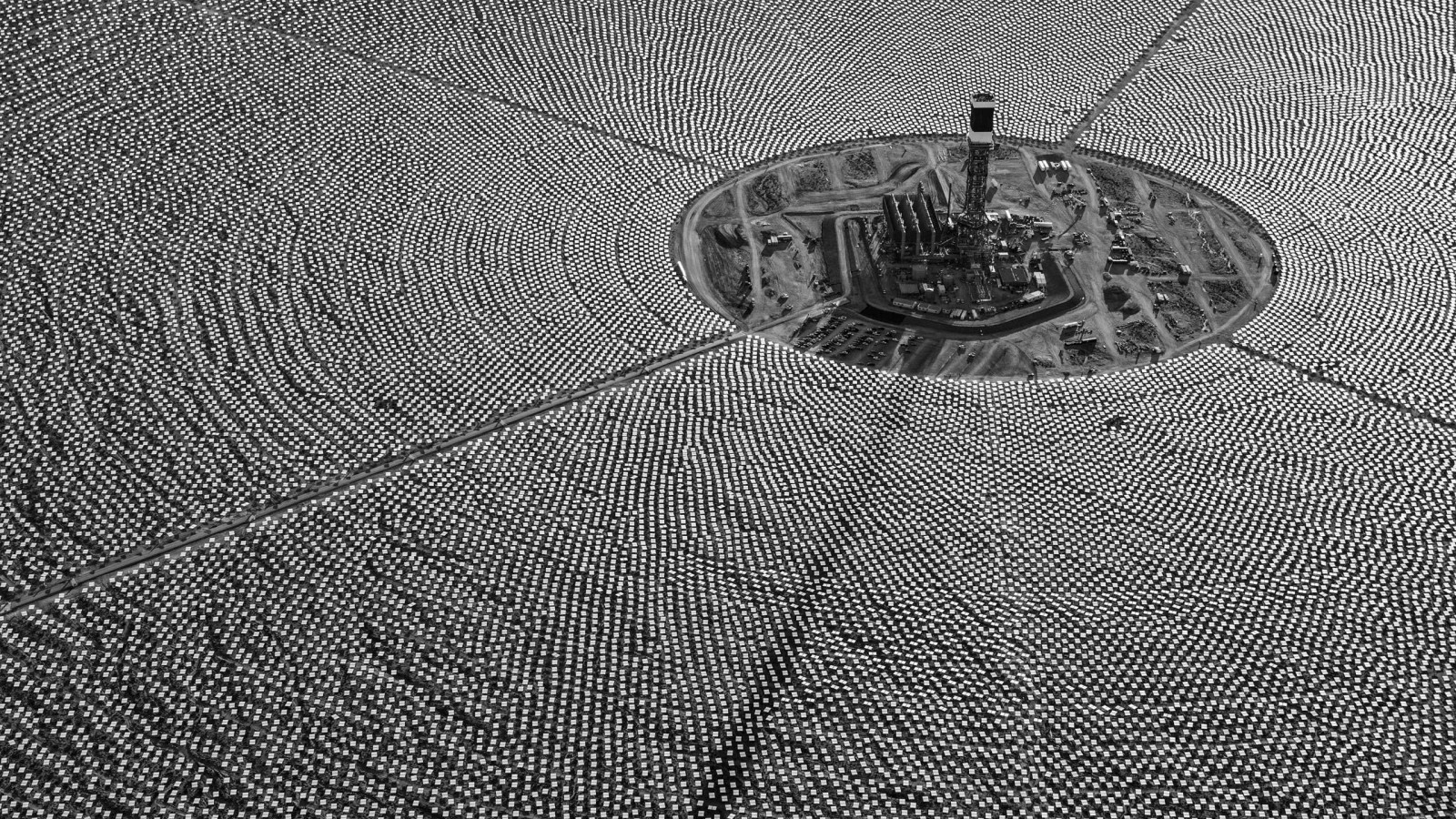Next Friday, dozens of world leaders will gather in New York to officially sign the U.N. climate deal they hashed out in Paris last December. But the Paris Agreement will have only limited impact unless the world figures out a way to pony up the money necessary for a global transition to clean energy. Analysts put the price tag around $1 trillion annually through 2050.
The researchers behind the New Climate Economy, an initiative of the Global Commission on the Economy and Climate, think they know how to get those ponies in line. In a report released Wednesday, they write that the key to generating investment in clean energy is making the investments less risky; not digging up new money per se. There’s plenty of private investment money that could be channeled toward clean energy — hiding anywhere from pension funds to insurance companies’ portfolios. National governments, multilateral development banks (MDBs) like the World Bank, and others just need to figure out how to steer it in the right direction.
Part of the challenge is that many investors currently think of renewable projects the same way they think about fossil fuel projects, write the authors of the report. Investing in the energy sector is investing in the energy sector, the logic goes. But because fuel is free for many types of renewable energy, up to 90 percent of the costs for these projects are borne up front, and that makes them fundamentally different investments from other types of energy infrastructure.
“Renewables have often been penalized because the financing structures are geared toward fossil fuel projects,” Helen Mountford, director of economics at the World Resources Institute and program director of the New Climate Economy, told Grist. And that means we need new models.
One of the solutions is to get national governments and MDBs directly investing early in renewable projects, which then makes it less risky and more appealing for the private sector to come in with additional dollars. The New Climate Economy authors write that for every dollar invested by MDBs, up to 20 can flow in from the private sector. A core question, then, is how to convince players like the World Bank to invest more in sustainable infrastructure.
John Roome, senior director of the World Bank Group’s climate change program, argues that the MDBs are already heading in that direction. “We believe this is critical for our poverty alleviation mission,” Roome told Grist. “I think there is significant demand out there” for decreasing carbon footprints and increasing climate resilience, he continued, and the Bank views the main challenge as one of implementation.
Last week, the World Bank released a new climate action plan that promises increases in climate-related funding, which Roome and his team believe will lead to more mobilization of private finance. The plan has the Bank supporting 30 new gigawatts of renewable energy capacity over five years, but “a lot of that is not necessarily directly fully financed by the Bank,” says Roome. Instead, it will come from the private sector. The action plan claims that the World Bank “will aim to mobilize $25 billion of commercial funding for clean energy over the next five years.”
Governments will also need to shift their policies to encourage private sector investment in clean energy. “National governments have a huge responsibility to get the policy framework right,” says Mountford. “We’re underpricing carbon. In most cases we’re pricing it at zero or pricing it very low.” Carbon taxes and carbon-trading systems could do a lot to spur investment in renewables, since taking the environmental and social costs of carbon into account helps keep renewables cost-competitive.
We also need to stop using public funds to support dirty energy, says Mountford. “Globally, there are something like $600 billion going to fossil fuel subsidies. That’s the wrong direction,” she says. The G20 alone spends $450 billion annually subsidizing fossil fuels.
MDBs, too, will need to move away from supporting dirty energy. The World Bank, for example, still hasn’t committed to halting funding for fossil fuel projects. While Roome says it hasn’t funded a coal project in five years, natural gas projects are still on the table (and in rare situations, developing countries can still qualify for coal funding). He sees these projects as a necessary evil of sorts. “If you look at heating in Eastern Europe, a lot of that heating is currently generated from coal,” he says. “If you want a central heating system, it’s pretty difficult to run that off the back of renewables. Gas, in that environment, is not only the cheapest and gives people the benefits of a heating system, but it has a much lower carbon footprint than the alternative.”
Overall, the plummeting cost of clean energy promises to help the world edge toward that $1 trillion annually, “but it’s not enough on its own,” says Mountford. “We have to get the financing right.”



